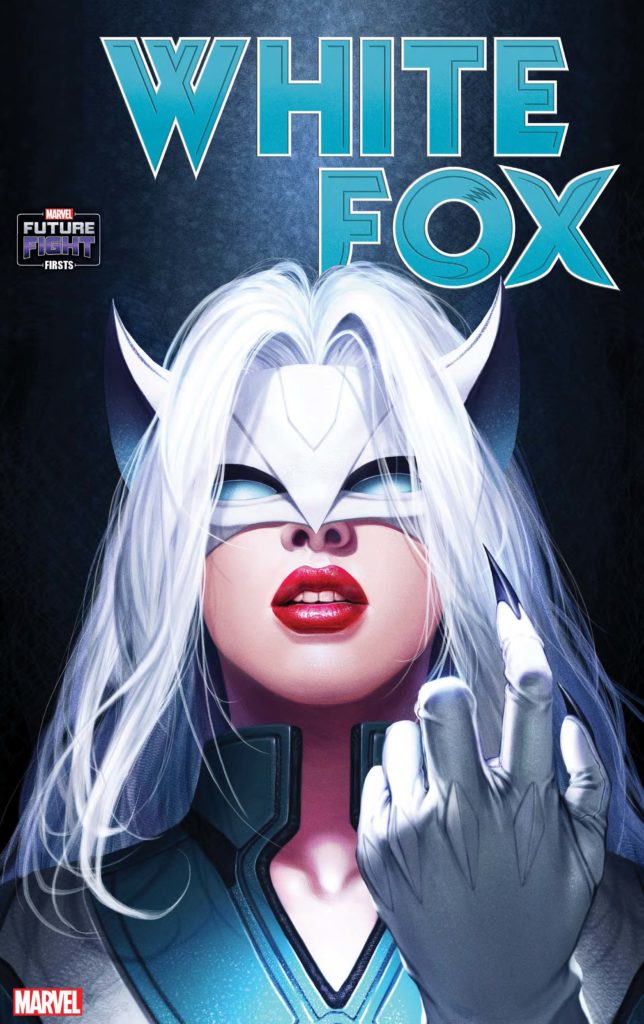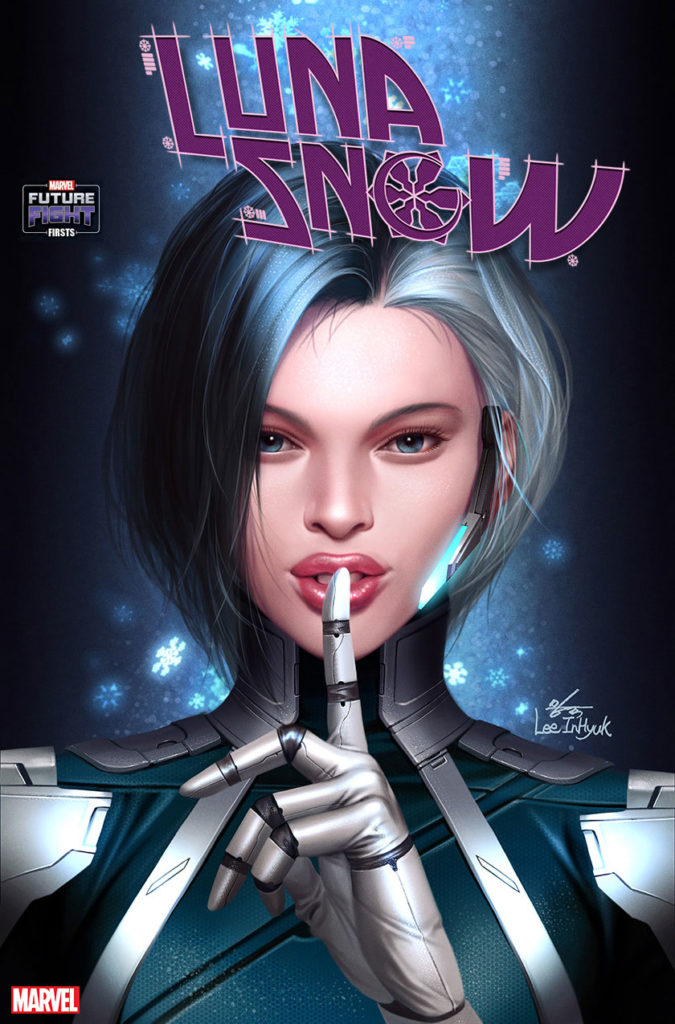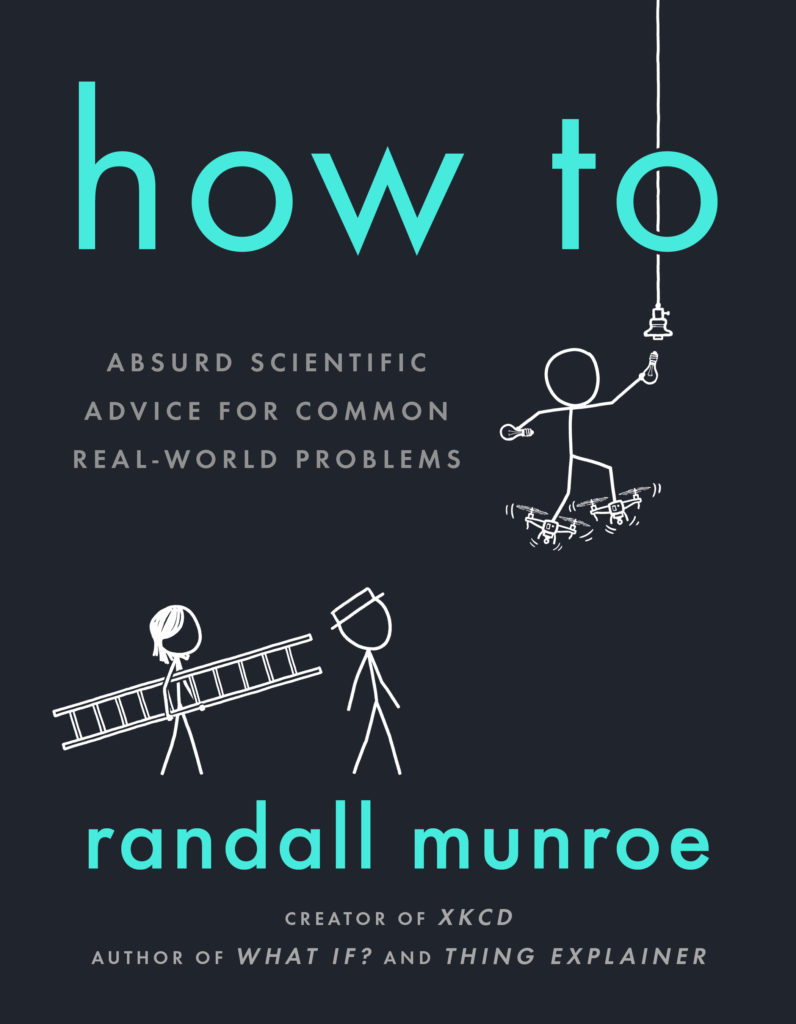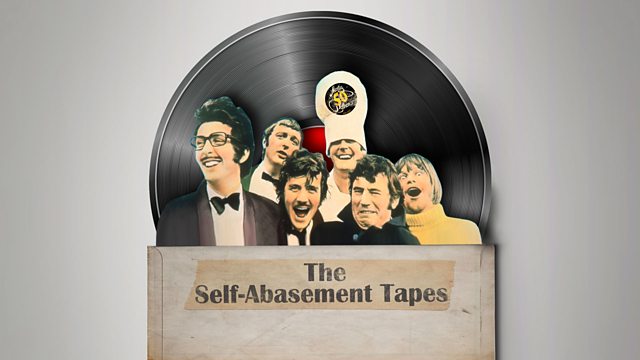(1) JUST LET ME GO NATURALLY. Naomi Booth gives an overview of eco-horror in her essay “For Some Horror Writers, Nothing Is Scarier Than a Changing Planet” in the New York Times.
“Why does climate change cast a much smaller shadow on literature than it does on the world?” asked the novelist Amitav Ghosh, writing in The Guardian in 2016. “Is it perhaps too wild a stream to be navigated in the accustomed barques of narration?”
…Yet the idea of a world in crisis is fundamental to horror, a genre historically devalued by the gatekeepers of high culture as, well, outlandish and unserious. Horror has always sought to amplify fear. It works against false comfort, complacency and euphemism, against attempts to repress or sanitize that which disturbs us. Inevitably, the climate crisis has given rise to a burgeoning horror subgenre: eco-horror. Eco-horror reworks horror in order to portray the damage done to the world by people, and the ways the world might damage or even destroy us in turn. In eco-horror, the “natural” world is both under threat and threatening.
The best-known work of eco-horror might be Jeff VanderMeer’s “Southern Reach” trilogy (2014), about a beautiful and deadly exclusion zone known as Area X. The first book, “Annihilation,” which was made into a Hollywood film last year, is narrated by a biologist on a mission to explore the area. She records her initial impressions of the abandoned landscape, including a “low, powerful moaning” audible at dusk. Her team discovers a structure in the earth, an inverted tower. The biologist is lowered into it. There is a smell like rotting honey. The walls are covered with words, the writing system of some kind of fruiting body. She hears a heartbeat. The structure turns out to be a living organism, a “horror show of … beauty and biodiversity.” The biologist leans in close and is sprayed with golden spores — infected….
(2) A LOT OF GOLD IN THEM THAR HILLS. The Hugo Book Club, an unofficial blog about its namesake, has tweeted a long, thoughtful thread about the Best Fan Writer Hugo category, probing how meaningful it is — or isn’t — that any given fan has previously heard of all the finalists. Thread starts here.
(3) IT’S MONEY THEY HAVE. Got $30,000? Then you could make the required minimum bid on this “Apollo 11 Flown and Crew-Signed Beta Cloth Mission Insignia Originally from the Personal Collection of Mission Command Module Pilot Michael Collins, Signed and Certified”, a lot coming up in Heritage Auctions’ Armstrong Family Collection IV sale November 14-16.

(4) PUBLISHING NEWS. This year’s Hugo-winning Best Editor – Long Form, Navah Wolfe, is surprisingly available after a shakeup at Saga Press.
(5) GOVERNMENT FIGURE KNOWS GENRE. France’s new EU Commissioner is a science fiction fan and author according to Politico’s summary “4 things to know about Thierry Breton”.
He’s into sci-fi
Back in 1984, Breton co-wrote a science fiction novel called “Softwar” based around the National Software Agency (which in no way resembles the U.S. National Security Agency). Billed as a “technology thriller,” the novel’s plot is centered on an American cyberattack on Soviet computers. “At the time no one was speaking about viruses, the word didn’t exist,” Breton said, according to Liberation.
However, his co-author Denis Beneich later claimed Breton “never wrote a word of this novel” although “he had the idea for it.”
Breton, whose Commission portfolio would include the space industry, wrote two other novels in the mid to late 1980s — “Vatican III” and “Netwar” (all three of his books are worth checking out, if only for the cover art).
His love of sci-fi doesn’t stop with books, however. Breton also helped come up with the idea for a high-tech theme park called “Futuroscope” in Chasseneuil-du-Poitou, just north of Poitiers in western France. Its tag-line is “Expect the unexpected,” which sounds like good advice ahead of a hearing before the European Parliament.
(6) MILFORD. The New York Times reintroduces people to Milford, PA’s publishing and film history in “A Cabin With a Literary Pedigree”.
Charlie Chaplin slept here. So did Sarah Bernhardt, Mary Pickford, Lillian Gish, Franz Liszt, Warren Harding, Andrew Carnegie, Thomas Wolfe, Cloris Leachman and Arlene Dahl. Likewise, D.W. Griffith, who, in 1912, shot two movies — “A Feud in the Kentucky Hills” and “The Informer” — in this dot of a town in the foothills of the Poconos.
Josh Sapan has slept here too — as often as his schedule permits. But 33 years ago, when Mr. Sapan learned of Milford’s many charms from a friend, he knew nothing about the town’s past. Still, he was sufficiently captivated to buy a waterfront cabin.
It was enough that he could look out his windows after dark and see no illumination but the moon, enough that the Delaware rolled along mere steps from his door. “I just love houses on rivers and I really love this house,” said Mr. Sapan, 67, the president and chief executive of AMC Networks, a Manhattan-based company that owns and operates cable channels including AMC, BBC America and SundanceTV. “I don’t know what it is. I find it quite magical, if that’s the right word.”
Mr. Sapan had yet to learn that the novelist Stephen Crane had camped out for a summer in Milford with friends, and published a satirical newspaper during his stay, that Milford was the birthplace of the conservation movement, and that in the 1950s and 1960s, it was the red hot center of the science fiction writers’ universe, even figuring in Kurt Vonnegut’s novel “God Bless You, Mr. Rosewater,” because several big names in the genre, notably the literary agent Virginia Kidd, had settled in town….
Andrew Porter left a comment there filling in more of the “big names” only alluded to in the article:
Milford is associated with many science fiction writers. Authors Damon Knight, James Blish and Judy Merrill also lived there. It was the setting for the annual Milford Science Fiction Writers Conference for many years, starting in the 1950s, which spun off other “Milford” conferences, most notably in the UK and Seattle, as well as the “New Wave” in SF in the mid-1960s. Also in Milford, the foundations were laid for the Science Fiction & Fantasy Writers of America, an active organization which presents the annual Nebula Awards. For more information about how Milford looms so large in the science fictional universe, see the Wikipedia page here: https://en.wikipedia.org/wiki/Milford_Writer’s_Workshop
(7) EVANS OBIT. “Robert Evans, colorful Paramount boss behind Rosemary’s Baby, dies at 89” reports SYFY Wire.
…Given the reins of Paramount Pictures with little experience in 1966 thanks to a friendship with corporate owner Gulf & Western’s Charles Bluhdorn, Evans turned the company around thanks to a string of critical darlings that would eventually become classics. During his tenure as production VP, he oversaw genre fare like Rosemary’s Baby, Don’t Look Now, and Willy Wonka & the Chocolate Factory.
Moving on from leading the studio, Evans personally produced movies like the adaptation of William Goldman’s Marathon Man (starring Dustin Hoffman), Popeye (with Robin Williams), and early comic book film The Phantom. Some hit higher highs than others, but Evans was a constant presence in the industry.
(8) BRETT OBIT. “Robin Brett, NASA scientist who studied ‘moon rocks,’ dies at 84” – the Washington Post has the story.
Robin Brett, a NASA scientist who 50 years ago was among the first to study and direct research on lunar samples — popularly known as ‘‘moon rocks’’ — from the Apollo space missions, died Sept. 27 at his home in Washington. He was 84.
The cause was Alzheimer’s disease, said his wife, Jill Brett.
From 1969 to 1974, Dr. Brett was chief of the geochemistry branch at NASA’s Lyndon B. Johnson Space Center in Houston. In July 1969, he was among a select four scientists present for the opening of a sealed box containing the first moon rocks from the initial Apollo lunar mission.
…When the lunar samples were first brought to Earth, they were kept for a period in a quarantined and sterile environment, lest they contain or exude a noxious substance that might be harmful in earth’s atmosphere.
Dr. Brett doubted the necessity of this precaution, which he demonstrated, he said, by becoming the first man on Earth to lick a moon rock.
What did it taste like?
‘‘A dirty potato,’’ he answered.
(9) TRIVIAL TRIVIA.
[Item by Martin Morse Wooster.] I saw Zombieland: Double Tap, which delivers if you want a pretty gory zombie movie with many good jokes. Early in the film the four main characters are hiding out in the ruins of the White House. They exchange Christmas presents even though it’s November 17 because they don’t have anything else to do. Emma Stone gives Jesse Eisenberg a copy of the first edition of The Fellowship of the Ring. (We don’t know why the White House has first editions of Tolkien.
“Why thank you,” Eisenberg says, “and look, you’ve ruined the book by scribbling on the first page.”
Of course, it isn’t really a Tolkien book but they did fake the original cover…
(10) TODAY IN HISTORY.
- October 28, 1951 — The Out There series premiered. It was one of the first SF anthology series. It lasted a mere twelve episodes. Some of the SF writers it adapted were Heinlein, Sturgeon, Bradbury, Bissell and Long. Heinlein in particular was a favorite source for them.
- October 28, 1994 — Stargate premiered. Starring Kurt Russell and James Spader, critics intensely hated it, and it rated 50% at Rotten Tomatoes. It of course spawned Stargate SG-1 series franchise.
(11) TODAY’S BIRTHDAYS.
[Compiled by Cat Eldridge.]
- Born October 28, 1902 — Elsa Lanchester. The Bride in 1935’s The Bride of Frankenstein with Boris Karloff. In 1928 she appeared in three silent shorts written for her by H. G. Wells: Blue Bottles, Daydreams and The Tonic. Ray Bradbury originally wrote “Merry Christmas 2116” to be performed by Lanchester and her husband Charles Laughton. (Died 1986.)
- Born October 28, 1951 — William H. Patterson, Jr. Author of Robert A. Heinlein: In Dialogue with His Century, a two-volume look at Heinlein which arguably is the best biography ever done on him. He also did The Martian Named Smith: Critical Perspectives on Robert A. Heinlein’s Stranger in a Strange Land. This Tribute to Bill Patterson by Mike with comments by Filers is touching indeed. (Died 2014.)
- Born October 28, 1951 — Joe Lansdale, 68. Writer and screenwriter whose DCU Jonah Hex animated screenplays are far superior to the live action Hex film. Bubba Ho-Tep is a American comedy horror film starting Bruce Campbell is his best known genre work though he has done a number of another works including The God of The Razor and Reverend Jedidiah Mercer series which are definitely Weird Westerns.
- Born October 28, 1952 — Annie Potts, 67. Janine Melnitz in the still-best Ghostbusters and in Ghostbusters II as well. She has a cameo as Vanessa the hotel clerk in the Ghostbusters reboot. She is listed as reprising her original role in the forthcoming Ghostbusters 2020 which I’ll freely admit I know nothing about.
- Born October 28, 1958 — Amy Thomson, 61. Writer of four novels in a decade twenty years ago including Virtual Girl which won her the Astounding Award for Best New Writer. She published one piece of short fiction, “The Ransom of Princess Starshine”, in 2017 in Stupefying Stories which is edited by Bruce Bethke.
- Born October 28, 1958 — Kristin Landon. Though she was working on a fourth novel in the series at the time of her death, the published novels will comprise the Hidden Worlds trilogy: The Hidden Worlds, The Cold Minds, and The Dark Reaches. (Died 2019.)
- Born October 28, 1962 — Daphne Zuniga, 57. Her very first was as Debbie in The Dorm That Dripped Blood, labelled a Video Nasty in the UK. You know her much better as Princess Vespa in Spaceballs, and she also in The Fly II being Beth Logan. Series work include Nightmare Classics, Batman Beyond, Happily Ever After: Fairy Tales for Every Child, Twilight Zone, The Outer Limits and, no surprise here, Spaceballs: The Animated Series where she voicedPrincess Vespa
- Born October 28, 1967 — Julia Roberts, 52. How can I resist giving Birthday Honors to Tinker Bell in Hook? Not to mention she was in the seriously weird Flatliners that I saw at a virtually empty theater. Of course, there’s the ever weirder Mary Reilly with her in the title role. For something more charming, she voiced Charlotte the Spider in Charlotte‘s Web. I’m going to skip her as a Smurf I think…
- Born October 28, 1974 — Joaquin Phoenix, 45. Currently The Joker. He hasn’t done much genre acting setting aside being Max in SpaceCamp when he was twelve, and being Billy Hercules in the “Little Hercules” episode of Superboy. Well he did a Shyamalan film but I refuse to consider them genre.
- Born October 28, 1982 — Matt Smith, 37. The Eleventh Doctor, also Alex in Terminator Genisys, a film I’ve not seen. Nor likely will. He’s also Jim in The Sally Lockhart Mysteries: The Ruby in the Smoke based off the Philip Pullman novels.
(12) EL-MOHTAR REVIEWS. Amal El-Mohtar, in a book review column for the NYT, “Dark Books for Dark Times”, opines about His Hideous Heart, a collection edited by Dahlia Adler, Tamsyn Muir’s Gideon the Ninth, Paul Krueger’s Steel Crow Saga, and Annalee Newitz’s The Future of Another Timeline.
… Conceptually “The Future of Another Timeline” is breathtakingly brilliant, and part of a constellation of time-travel stories this year that wed present-day activism to a willingness to change the past. But as I read, I found myself far more affected by the smaller, fiercer story of Tess and Beth’s early years — the story of feral friendships formed in extreme circumstances, of surviving abuse and finding the power to seek revenge or walk away from it. Everything about that story clutched at my heart, while the broader time-travel stakes and narrative diminished in effect; I became less concerned with the overarching conceit than with the story of these young women arguing over what love and honesty demand. But time travel creates the space for that story to happen — and Newitz’s book is, more than anything else, about the importance of fighting for such spaces. In that, it’s entirely successful.
(13) POWER OFF. Californian Abraham Lustgarten addressed the New York Times about the state’s power shutdowns: “Letter of Recommendation: Mandatory Blackouts” .
…The blackouts solved nothing, of course. De-energizing the electrical grid is a bludgeon: imprecise, with enormous potential for collateral damage as people deal with a darkened world. It doesn’t even eliminate fire risk. What it largely does is shift responsibility away from Pacific Gas & Electric, the state’s largest utility company, whose faulty transmission lines had been found to have caused some of the most destructive wildfires on record.
In fact, cutting power can exacerbate some fire risks. In a blackout, more people rely on home generators, many of which have been installed without permits and might be no less faulty than the utility’s own equipment. Detours and gridlock force more cars into vulnerable places. (Sparks off roadways are another top cause of wildfire.) The blackout makes it harder for the public to respond to fire emergencies even as it does little to prevent all the other factors that cause them — from careless barbecues to tossed-out cigarette butts to plain old arson. One of the state’s most serious fires so far this year was ignited by burning garbage.
But a mandatory blackout does have one radically positive effect. By suddenly withdrawing electrical power — the invisible lifeblood of our unsustainable economic order — PG&E has made the apocalyptic future of the climate crisis immediate and visceral for some of the nation’s most comfortable people. It is easy to ignore climate change in the bosom of the developed world. But you can’t fail to notice when the lights go out.
…In the American West, our climate will only get hotter and drier, our wildfires worse. Every year more places are going to burn, and we will, repeatedly, be horrified by the losses. But we should not be shocked by them. The blackouts have laid bare the uncomfortable fact that the infrastructure we’ve built and maintained over the course of many decades isn’t matched to the threats we face in our rapidly unfolding climate emergency….
(14) THAT HAWAIIAN BURGER JOINT. Eater: Los Angeles says this non-genre yet irresistible film reference will come to life on October 30 and 31 (only): “Big Kahuna Burger From ‘Pulp Fiction’ Pops Up in Hollywood Next Week”
… Fat Sal’s, the overstuffed sandwich makers in Hollywood, have gotten into the mix before, and now for Halloween the group is transforming its corner address off Highland into a Big Kahuna Burger from the movie Pulp Fiction.
Much like in years past, Fat Sal’s plans to its dining area to fit the new temporary theme. Expect a grassy Hawaiian-tinged awning and overt nods to the 1994 film everywhere, including slogans (“Now that is a tasty burger” or “That’s that Hawaiian burger joint”) and an image of Jules Winnfield, the character played by Samuel L. Jackson in the Tarantino flick. A separate area will be turned into the pawn shop from the film as well, and diners will be able to check out merchandise in that space…
Fat Sal’s Hollywood. 1300 N. Highland Ave., Los Angeles.
(15) ANOTHER TRIUMPH. BBC finds thumbs up all over: “Seven Worlds, One Planet: ‘Gorgeous’ nature series gets five-star reviews”.
Sir David Attenborough’s latest nature series has received five-star reviews from critics, one of whom says it may be the BBC’s “best wildlife show ever”.
Seven Worlds, One Planet, the Mail’s Christopher Stevens says, is “visually magnificent” and has photography that is “almost abstract in its beauty”.
The show, says the Telegraph’s Michael Hogan, is “another landmark series” from “the indefatigable Sir David”.
(16) IPO. “Virgin Galactic: Branson’s space firm set for stock market launch”.
Virgin Galactic, the space venture backed by Sir Richard Branson, is ready to launch – not into space but on the New York Stock Exchange (NYSE).
Shares in Virgin Galactic are set to start trading on Monday, a first for a space tourism company.
The move follows Virgin’s merger with publicly-listed Silicon Valley holding firm Social Capital Hedosophia.
That deal brought $800m (£624m) to Virgin as it rushes to meet its goal of sending customers to space in 2020.
Taking the firm public will “open space to more investors and in doing so, open space to thousands of new astronauts,” Sir Richard said at the time.
…The company, founded in 2004, has spent more than $1bn developing its programme, which is years behind schedule and took a hit after a fatal accident in 2014.
However, Virgin has told investors it hopes to make 16 trips to space with customers as soon as next year.
In a presentation, it predicts that revenue will skyrocket as the number of flights increases.
In 2023, the expects to make 270 trips to space, bringing in nearly $600m and generating profit of more than $430m.
About 600 people, including pop star Justin Bieber, have already put down deposits for the 90-minute experience at a price of about $250,000 per ticket, according to the company.
(17) AROUND THE WORLD IN A LOT OF DAYS. NPR takes note when “Secret Air Force Space Plane Lands After More Than 2 Years In Orbit”.
After a record-breaking 780 days circling the Earth, the U.S. Air Force’s mysterious X-37B unmanned space plane dropped out of orbit and landed safely on the same runway that the space shuttle once used.
It was the fifth acknowledged mission for the vehicle, built by Boeing at the aerospace company’s Phantom Works.
“Today marks an incredibly exciting day for the 45th Space Wing,” Brig. Gen. Doug Schiess, 45th Space Wing commander, said in a statement. “Our team has been preparing for this event, and I am extremely proud to see their hard work and dedication culminate in today’s safe and successful landing of the X-37B.”
As in previous missions, many of the details about the vehicle’s activities in the past two years are being kept under wraps. One experiment was to “test experimental electronics and oscillating heat pipe technologies in the long-duration space environment,” according to the Air Force statement.
Randy Walden, the director of the Air Force Rapid Capabilities Office, said the latest X-37B mission “successfully hosted Air Force Research Laboratory experiments, among others, as well as providing a ride for small satellites.”
“The statement that this @usairforce X-37 flight deployed small satellites is alarming, since the US has not reported those deployments in its UN Registration Convention submissions,” McDowell tweeted. “This would be the first time that either the USA or Russia has blatantly flouted the Convention.”
[Thanks to Nicholas Whyte, Andrew Porter, JJ, Chip Hitchcock, John King Tarpinian, Mike Kennedy, Martin Morse Wooster, and Cat Eldridge for some of these stories. Title credit goes to File 770 contributing editor of the day Daniel Dern.]






